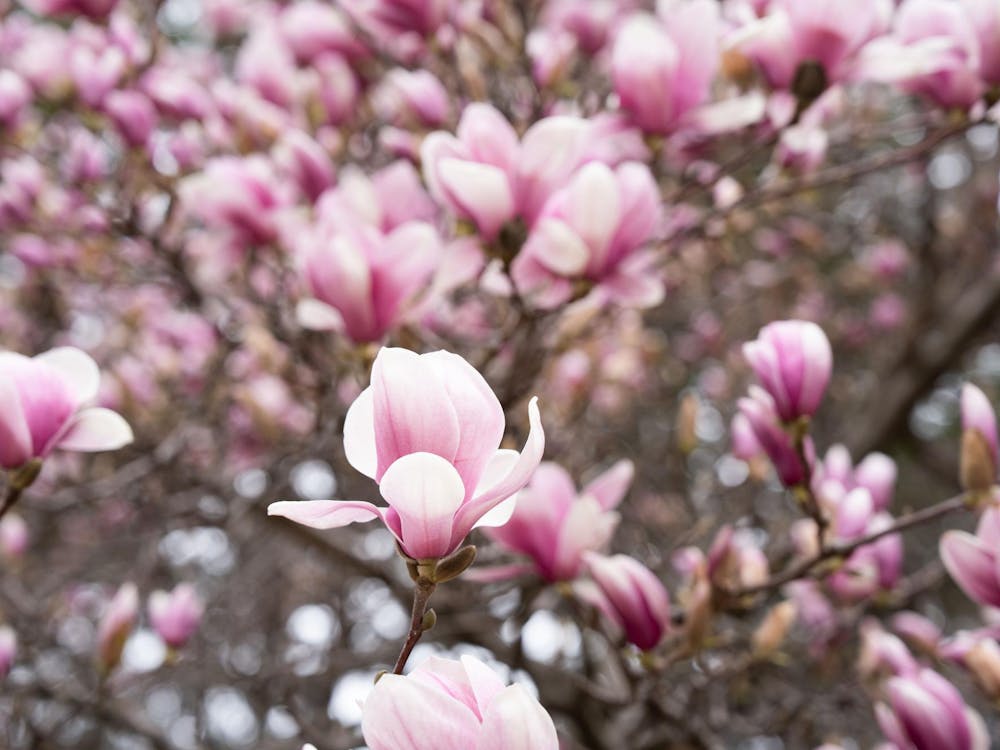This academic year’s round of Ivy League admissions saw less change in application numbers for the incoming freshman class. Following last year, when many universities saw large decreases in their total application numbers, the number of applications somewhat stabilized. The total number of applicants to each university’s Class of 2017 was similar to last year’s numbers for the Class of 2016.
Princeton saw a slight decrease in total applications this year, with 26,505 compared to last year’s 26,663. Dartmouth experienced a 2.8-percent decrease with 23,110 total applications.
Columbia experienced the largest increase in application numbers at 5.2 percent, with a total of 33,460 applications. Yale received 29,790 applications, making for a 4.1 percent increase. Brown and the University of Pennsylvania received slightly more applications, with 28,807 and 31,274, respectively. Stanford has not yet released its official numbers but estimates a 5 percent increase in total application numbers.
At press time, Harvard and Cornell had not released their data on total application numbers.
This year’s changes in application numbers are much smaller than the changes that the universities experienced between application years for the Class of 2015 and Class of 2016. Princeton saw a 1.93 percent decrease in numbers this year, following an upward trend capped by an all-time high of 27,189 regular admission applications for the Class of 2015. Harvard saw a 1.9 percent decrease, Columbia an 8.9 percent decrease and Brown a 7 percent decrease. Yale received 5.8 percent more applications, Cornell 3.5 percent more and Dartmouth 3 percent more. The admission cycle for the Class of 2016 was the first time students could apply to Princeton and Harvard through an early action program.
Of Princeton’s total applications, 3,810 applied for early action admission, and 697 of these applicants were offered admission to the Class of 2017. The Office of Admission deferred 2,777 early applications to be evaluated with the pool of regular admission applicants.
“I think you can generally read in a little more meaning to the [early action application] numbers than to your overall application count,” senior writer for the Chronicle of Higher Education Eric Hoover said, adding that early action application numbers are more indicative of student interest in an institution.
For the Class of 2017, Yale received 4,520 early action applications, an increase from 4,323 for the Class of 2016. Harvard received 4,856 early action applications in December, marking an almost 15 percent increase since the previous round of early action admission. However, not all Ivy League universities experienced increased early applications. Dartmouth saw a 12.5 percent decrease in its early decision applicants.
Harvard accepted 895 of its early applicants, an increase from the 774 admitted early to the Class of 2016. Yale accepted 649 of its early applicants, a slight decrease from the 675 offered early admission the previous year.
High school students and universities alike seem to be increasingly interested in using early action admission programs. Hoover said that the demand from both ends has driven each side to use early action programs more.
“Fifteen to 20 years ago, only the most competitive high school students were applying to early programs,” Hoover said. “Now you have students who are really strong and also competitive but not at the top of their class [applying] as these programs become more available.
In an interview in January, Dean of Admission Janet Rapelye speculated that the decrease in the number of regular admission applications could be due to the increasing use of early action programs by universities. Princeton, Harvard, Yale and Stanford have non-binding single-choice early action programs, while the other schools use binding early decision programs. Students who apply early and are accepted to the university in which they are most interested will not apply to other schools for the regular round of admission. With the early action option, students for whom Princeton is not their first preference may not apply to the University at all.








